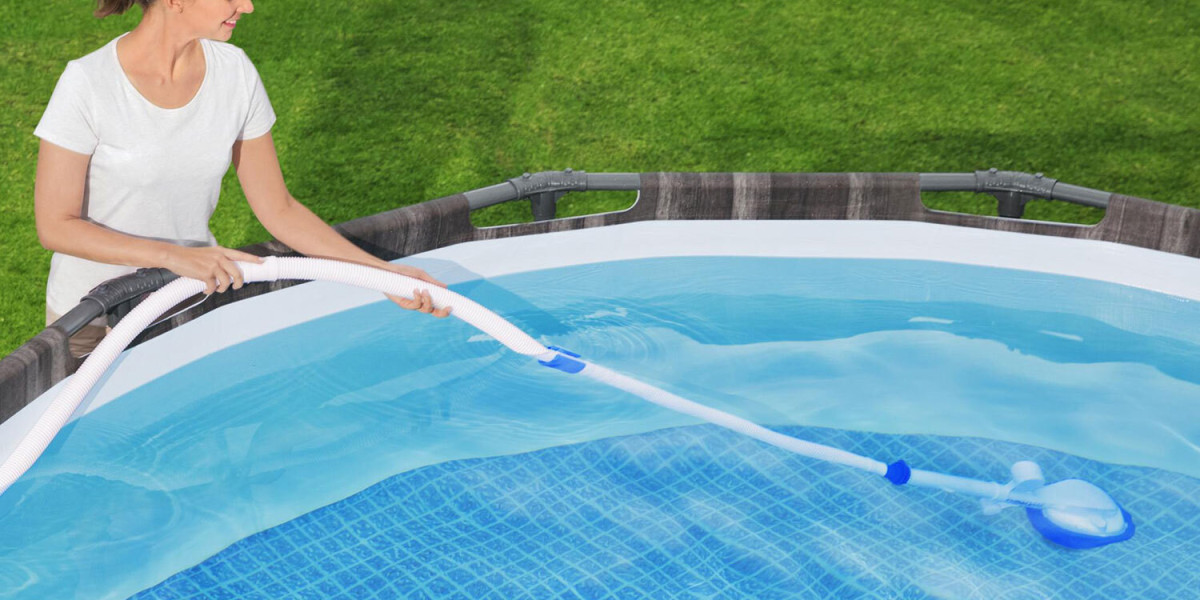The robotic cleaner uses rotating brushes to scrub your pool's walls and floor, and tracks to grip the surface. In addition, it has a filter that traps any suspended particles before they are released back into the water. If your robot is not performing as it should, the first thing to check is its filter, which will become clogged with debris over time. Inspecting the filters and removing any dirt and debris can improve your robot's cleaning performance, as well as extending its life.
Another area that can impact your cleaner's function is its track wheels and brush pads. These parts can also become clogged and slow down the machine, resulting in poor cleaning. Inspect these parts for any signs of cracking or wear. If necessary, you can clean these parts by removing them and rinsing them off. For best results, replace any worn or damaged parts as soon as possible.
If your robot gets stuck or doesn't move around the pool as it should, the first step is to check its owner's manual to determine what might be causing the problem. Most have a troubleshooting section that lists the most common issues and steps to resolve them on your own.
Other things that can prevent a robotic pool cleaner from moving or working properly include dirty or clogged filters, low suction pressure due to air leaks in the hose sections or an improperly secured weir or dedicated cleaner line. You can often resolve these problems by closing other suction lines, such as a main drain or another skimmer, to improve the draw of your cleaner's hose section.
If you suspect the hose is leaking, you can check this by holding the head of your cleaner just above water and looking for water flowing through the thrust jets, sweeper tail or into the debris bag. If you don't see water, you can try reversing the direction of your cleaner or changing its path, which should allow it to reach the spot where the hose is leaking.
You should also keep in mind that just like a car, your automatic pool cleaner will experience normal wear and tear over time. By adjusting the robot's trajectory, direction or cleaning pattern occasionally, you can extend its life and avoid costly repairs.
Finally, storing your robot in a cool, dry place and keeping the hoses straight when they are not in use can reduce its rate of deterioration and help it operate better. This can be especially beneficial for older models that may have more parts susceptible to rust. You should also empty the debris basket regularly, as well as empty and wash its filter when needed. This will prevent the buildup of algae and bacteria. If you're unsure how to perform these tasks, it is recommended that you consult with an experienced professional. These professionals can also advise you on what type of automatic cleaner is best for your pool and your needs.








